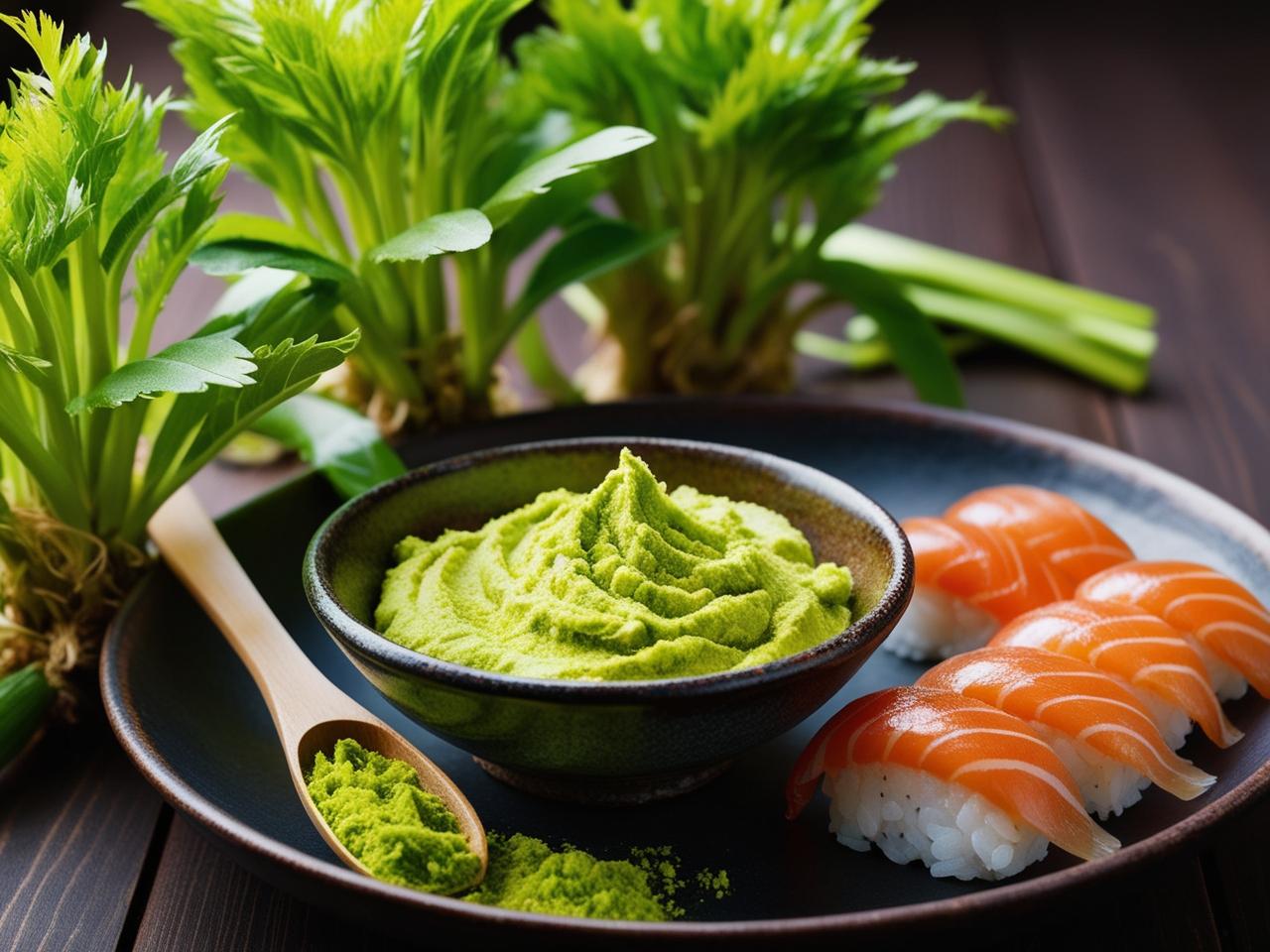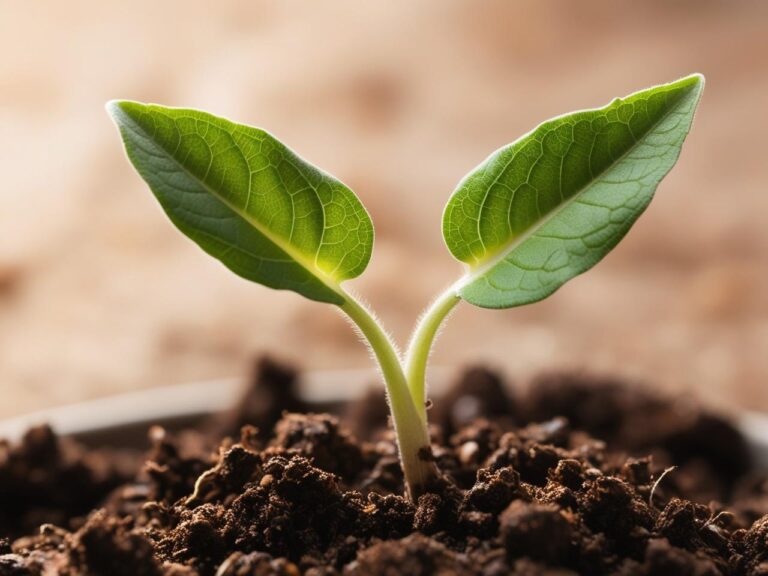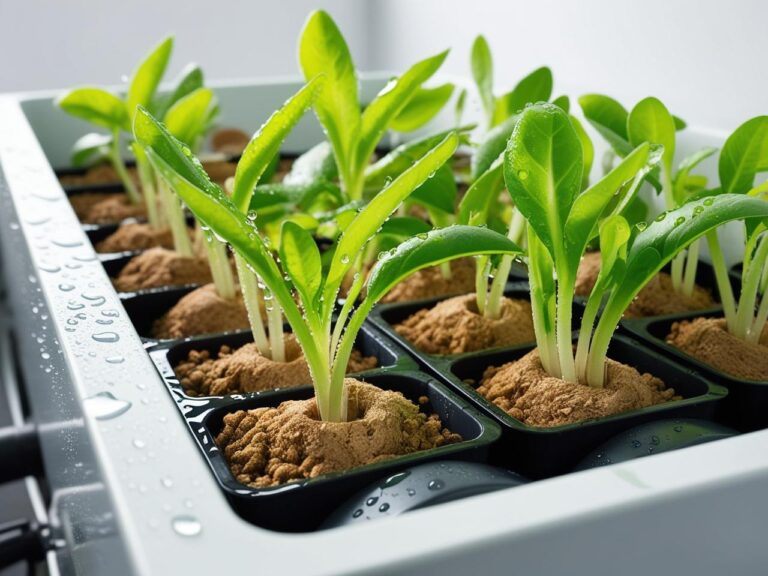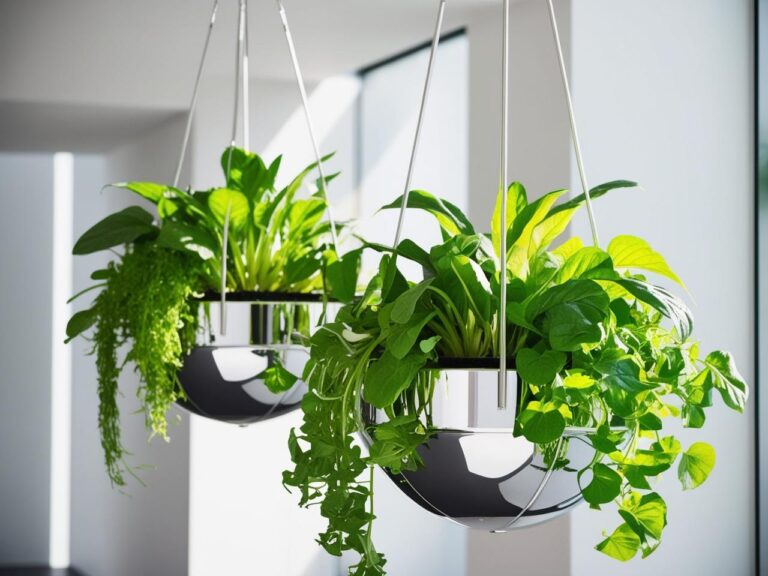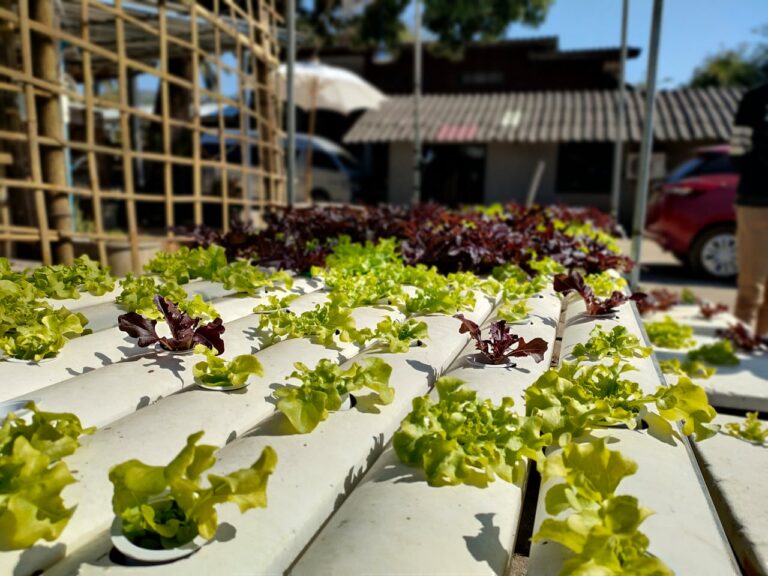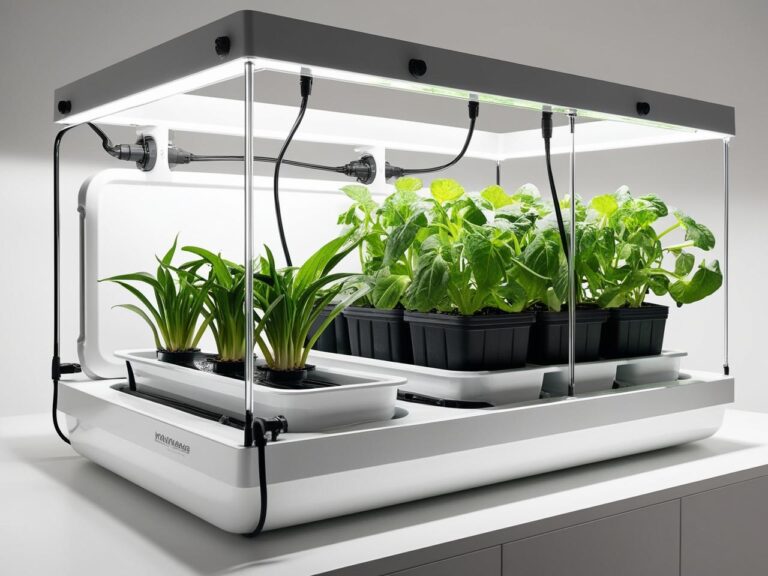Growing Hydroponic Wasabi: A Complete Guide for Success
Growing wasabi is often regarded as a challenge due to its specific growing requirements, but with hydroponics, you can recreate its ideal environment and enjoy this highly sought-after plant right at home. Wasabi is famous for its unique, pungent flavor that spices up dishes and is a staple in many cuisines. Here’s how you can cultivate wasabi hydroponically and maximize your chances of success.
1. Why Grow Wasabi Hydroponically?
Wasabi is notoriously difficult to grow in traditional soil settings, primarily due to its need for cool temperatures, consistent moisture, and partial shade. Hydroponics allows you to precisely control these conditions, making it easier to meet the plant’s needs. The main benefits include:
- Controlled Environment: Regulate temperature, light, and humidity.
- Water Efficiency: Hydroponics systems recycle water, which conserves resources.
- Nutrient Optimization: You can deliver the exact nutrients needed for wasabi growth.
2. Setting Up Your Hydroponic System
Wasabi thrives best in specific hydroponic setups that mimic its natural habitat, such as:
- Nutrient Film Technique (NFT): Ideal for growing wasabi due to the gentle flow of nutrient solution.
- Ebb and Flow System: Ensures the roots remain moist without being fully submerged, reducing the risk of root rot.
Tip: Choose a system that keeps the water cool and ensures constant aeration to replicate wasabi’s preference for flowing water in its natural environment.
3. Ideal Growing Conditions for Wasabi
For hydroponic wasabi, maintaining the right conditions is critical. Here’s what you need to know:
- Temperature: Keep the temperature between 50°F and 70°F (10°C to 21°C). Wasabi can tolerate cooler conditions but will not thrive in high heat.
- Lighting: Wasabi prefers partial shade. Use grow lights with adjustable intensity and place them far enough to avoid direct light.
- Humidity: Maintain high humidity (around 70 to 80%). Humidifiers or misting systems can help create this environment.
- Water Quality: Use filtered or distilled water to prevent mineral buildup that could impact the nutrient solution.
4. Nutrient Requirements
Wasabi needs a balanced nutrient solution that provides essential minerals such as nitrogen, potassium, and phosphorus. It’s important to:
- Monitor pH Levels: Keep the pH between 6.0 and 6.5 for optimal nutrient absorption. Important to keep an eye on the pH when you have such a slow growing crop.
- Use EC Meters: Ensure the electrical conductivity (EC) is maintained between 1.2 and 1.6 to avoid overfeeding or underfeeding the plant.
Tip: Supplement with calcium and magnesium for sturdy growth.
5. Planting and Growing Tips
- Starting Wasabi: Wasabi can be grown from rhizomes or seeds. While seeds may take longer to germinate, rhizomes provide a head start.
- Spacing: Ensure each plant has at least 12 inches of space for proper airflow and growth.
- Growth Time: Wasabi takes between 18 to 24 months to reach full maturity, so patience is key.
Quick Advice: Keep an eye out for mold or mildew, as high humidity can promote their growth. Ensure good airflow and clean the hydroponic system regularly.
6. Common Challenges and How to Overcome Them
- Temperature Fluctuations: Use water chillers or temperature-controlled grow rooms to maintain consistent conditions.
- Root Rot: Ensure proper aeration and avoid water stagnation.
- Pests: While hydroponics reduces soil-borne pests, keep an eye out for aphids and caterpillars. Use natural remedies or beneficial insects as needed.
7. Harvesting and Enjoying Your Wasabi
Wasabi leaves can be harvested after 8-10 months, while the rhizomes require 18-24 months. Use a sharp knife to cut the rhizome, ensuring not to damage the main root system if you plan to continue growing.
Fun Fact: Fresh wasabi tastes better than the typical wasabi paste found in most stores, which is often made with horseradish and mustard.
F.A.Q
- How long does it take to grow wasabi?
Wasabi takes about 18 to 24 months to reach full maturity when grown in ideal conditions. - Is wasabi a profitable crop?
Yes, wasabi is considered a profitable crop due to its high market value and the premium price fresh wasabi commands compared to the commonly used imitation wasabi. - Why is real wasabi so rare?
Real wasabi is rare because it is difficult to cultivate outside of its native environment, requiring specific and controlled conditions that many growers struggle to maintain. - Is wasabi expensive to grow?
Yes, wasabi is expensive to grow because it requires precise environmental conditions, slow growth, and a long cultivation period. - Does wasabi grow back?
Yes, wasabi can regrow from the main root system if the rhizome is harvested carefully, allowing the plant to continue developing. - Can you grow wasabi in aquaponics?
Yes, wasabi can be grown in aquaponics as long as the system provides consistent cool temperatures and balanced nutrient levels suitable for its growth. - Do wasabi plants multiply?
Wasabi plants can multiply by producing offshoots or “pups,” which can be separated and replanted to grow new plants. - Why is wasabi difficult to grow?
Wasabi is difficult to grow due to its preference for cool temperatures, high humidity, partial shade, and specific water conditions that mimic its natural environment. - Does real wasabi only grow in Japan?
While real wasabi is native to Japan, it can be grown in other regions with the right environmental conditions, although this is challenging. - Can you eat wasabi leaves?
Yes, wasabi leaves are edible and can be used in salads, stir-fries, or as garnishes. They have a milder flavor compared to the rhizome. - Why is wasabi so hard to get?
Wasabi is hard to get because of its slow growth, the specific conditions it needs for cultivation, and the limited number of places it can be successfully grown.
Conclusion
Growing hydroponic wasabi requires patience and attention to detail, but the reward is well worth it. With the right tools, setup, and care, you can cultivate this unique plant and add a gourmet touch to your dishes. Happy Gardening!

